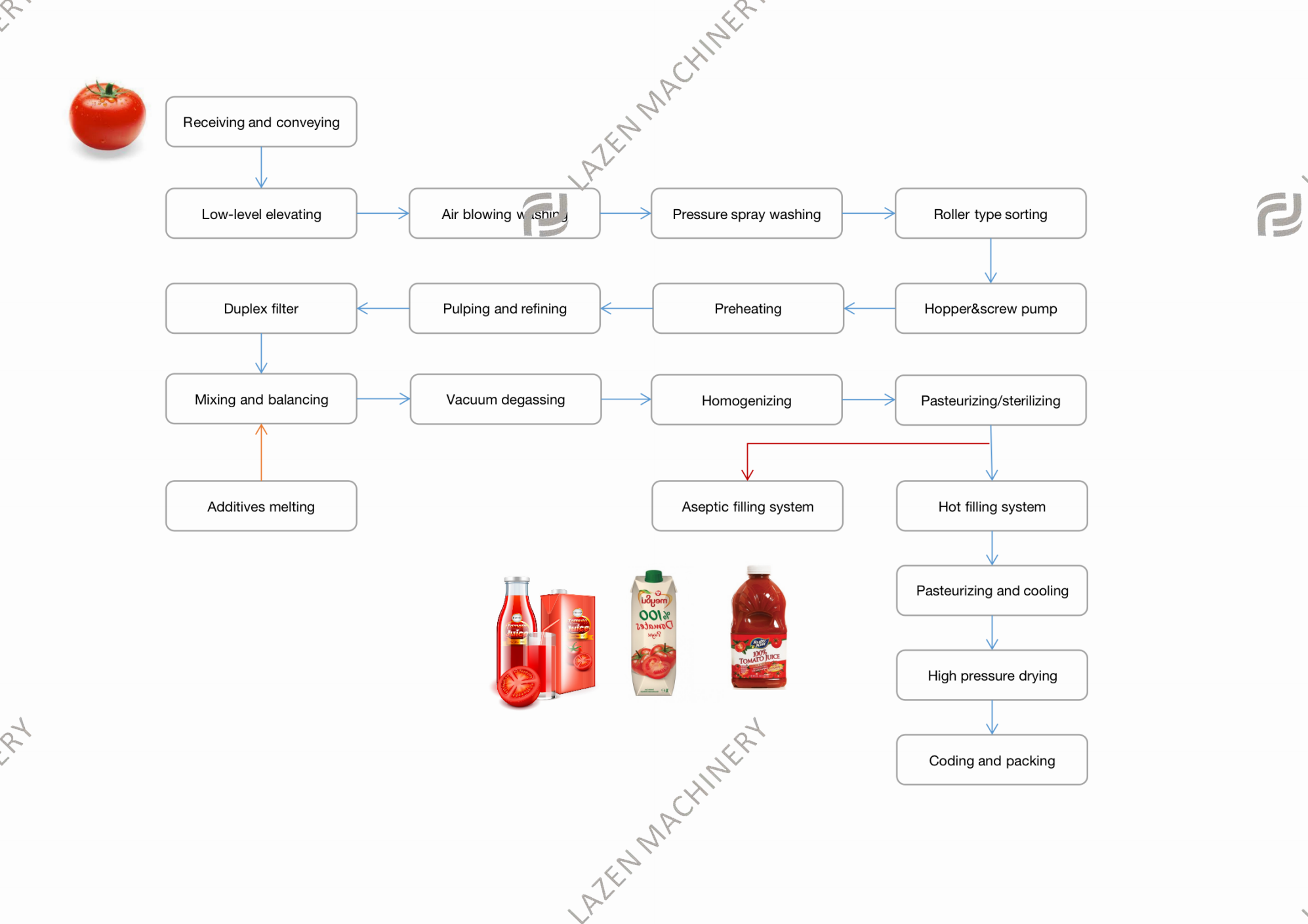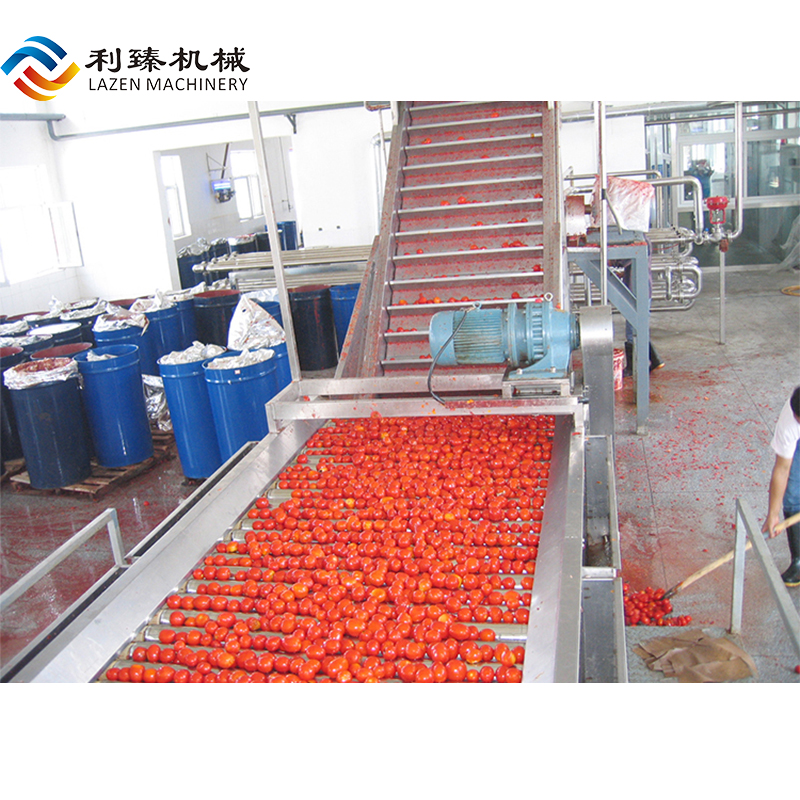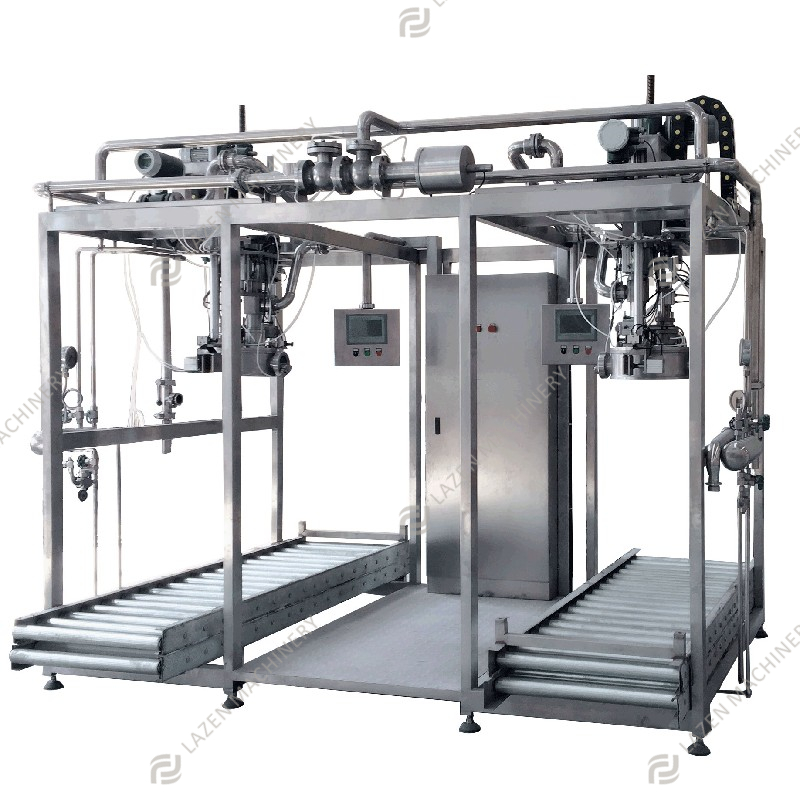Tomato paste can be a healthy addition to your diet when consumed in moderation as part of a balanced diet.
Tomato paste is made by cooking tomatoes for an extended period, which concentrates their nutrients, including vitamins A and C, potassium, and antioxidants such as lycopene. Lycopene is a carotenoid pigment that gives tomatoes their red color and has been associated with a reduced risk of certain types of cancer, including prostate cancer.

A tomato paste processing line typically involves several stages that turn fresh tomatoes into concentrated tomato paste. The following is a general overview of the typical steps involved in a tomato paste processing line:
Sorting and washing: Fresh tomatoes are first sorted to remove any damaged or diseased fruits. They are then washed to remove any dirt or debris.

Cutting and grinding: The tomatoes are then cut into smaller pieces and ground into a coarse pulp.
Preheating: The pulp is then heated to a temperature of around 65-75°C to soften the tomatoes and prepare them for further processing.
Juice extraction: The softened pulp is then passed through a juice extractor to separate the pulp from the juice.
Finishing: The extracted juice is then further processed to remove any remaining solids and seeds. The juice is then concentrated using evaporation, which removes water from the juice to increase its thickness and concentration.
Pasteurization: The concentrated tomato paste is then pasteurized to ensure its safety and stability.
Packaging: The final step is to package the tomato paste into containers, such as cans or sachets, for distribution and sale.


The specific details of a tomato paste processing line may vary depending on the manufacturer and the equipment used. However, the above steps generally represent the main stages involved in turning fresh tomatoes into concentrated tomato paste.
Post time: Jun-08-2023